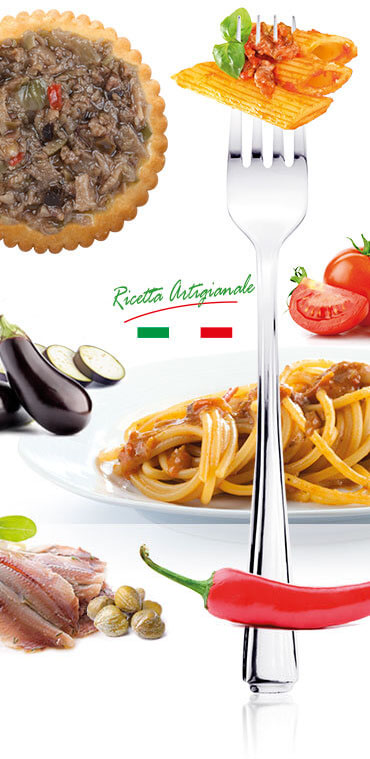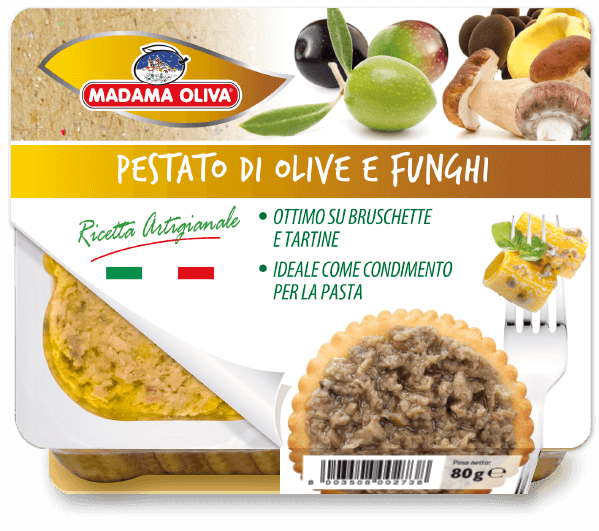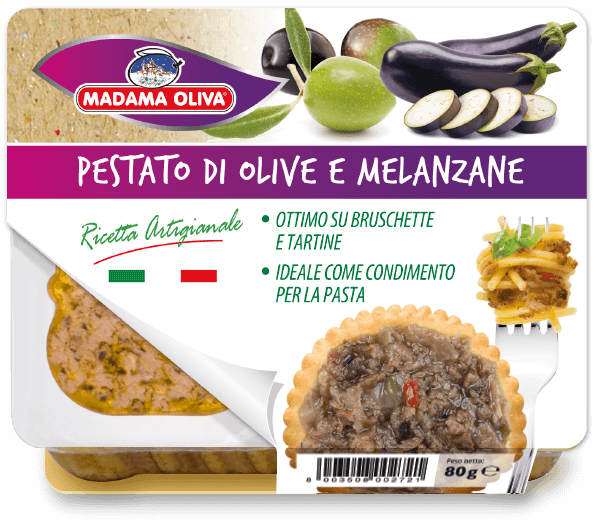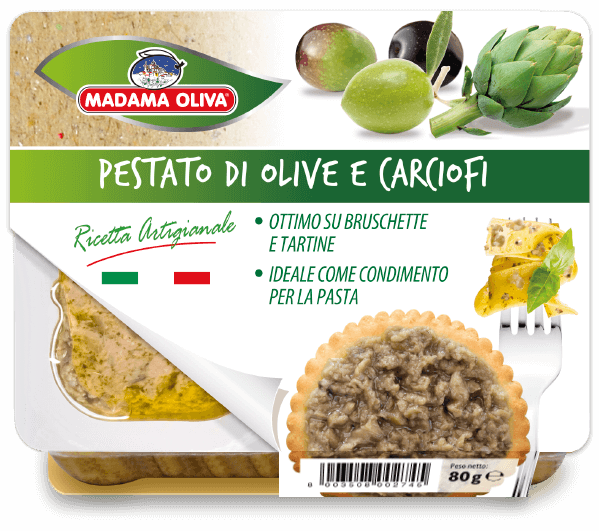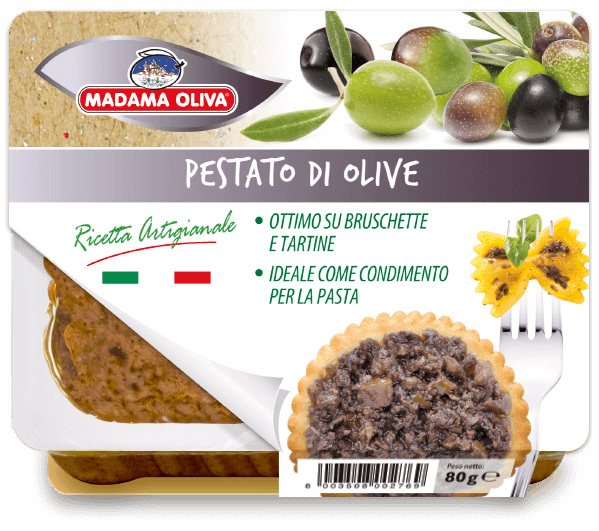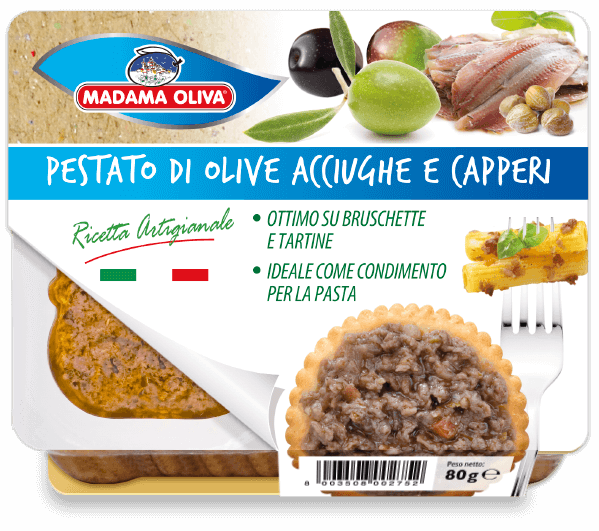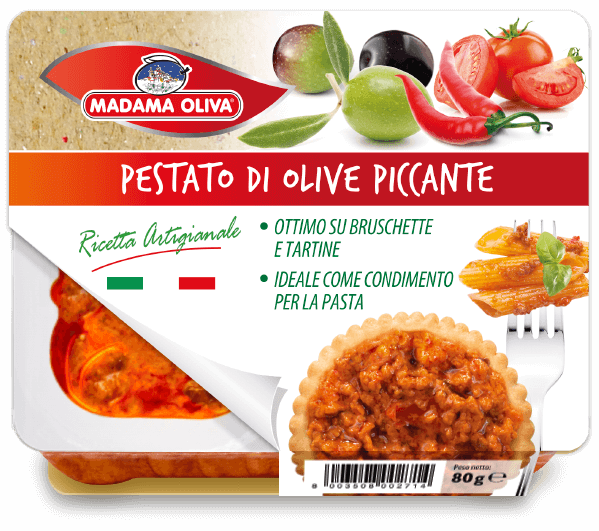Tapenade LINE
Olives, vegetables and other excellent ingredients to spread on canapés, bruschetta and ideal as a dressing for first and second courses
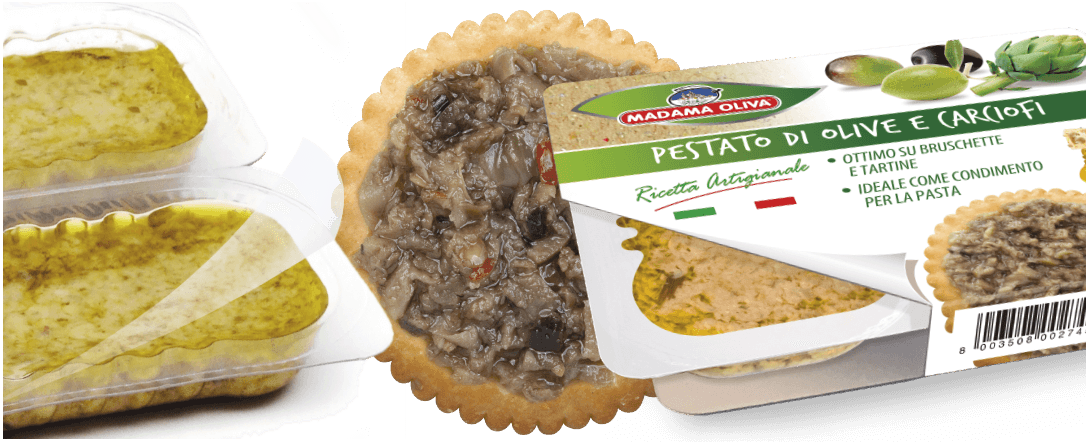

In Ancient Rome, a mixture was prepared, the “Epityrum”, which combined the pulp of the best olives with salt, oil, herbs or spices to accompany the cheeses.
With this line of olive-based pesto , the company treasures the ancient recipe by reinterpreting it with vegetables and other ingredients to make an excellent product to spread on canapés, bruschetta or to be used as a condiment for first and second courses.
READ MORE
For several generations, an ancient recipe for pesto of olives has been handed down, the trace of which is a yellowed document from the second half of the 19th century dating back to an elderly lady from the city of Gaeta in which we read: "if you want to tempt yourself, eat the beaten olives: 1 kilo of Gaeta olives, 30 grams of oil, 20 grams of salted anchovies, 10 grams of dried tomatoes, two or three capers. Always remember to crush the olives in the marble before mixing everything and putting the mixture in the glass jar. "
Even in the history of Imperial Rome we find traces of crushed olives such as "Epityrum": an ancient recipe that combined the minced pulp of the best olives with salt, oil, aromas or spices.
Thus Cato explained how to prepare the famous Epityrum: "remove the stone from the various qualities of selected olives, chop them and add coriander, cumin, fennel, rue and mint seeds. Gently mix with oil and vinegar, put the mixture back, taking care to pour more oil. "
In this Pestati Line Madama Oliva enhances the ancient and precious recipes with the goodness of her own olives enriched with first choice ingredients such as anchovies, capers, artichokes, mushrooms, eggplant or spicy olives.
Pestato di olives is used as a condiment for pasta dishes by pouring it directly onto freshly drained pasta or "skipping" it in a pan together with the cooking water.
Furthermore, to prepare aperitifs or appetizers we recommend spreading the pesto on canapés, bruschetta or snacks.
A simple condiment, an artisanal recipe to be used with creativity just as the ancient generations taught us.
